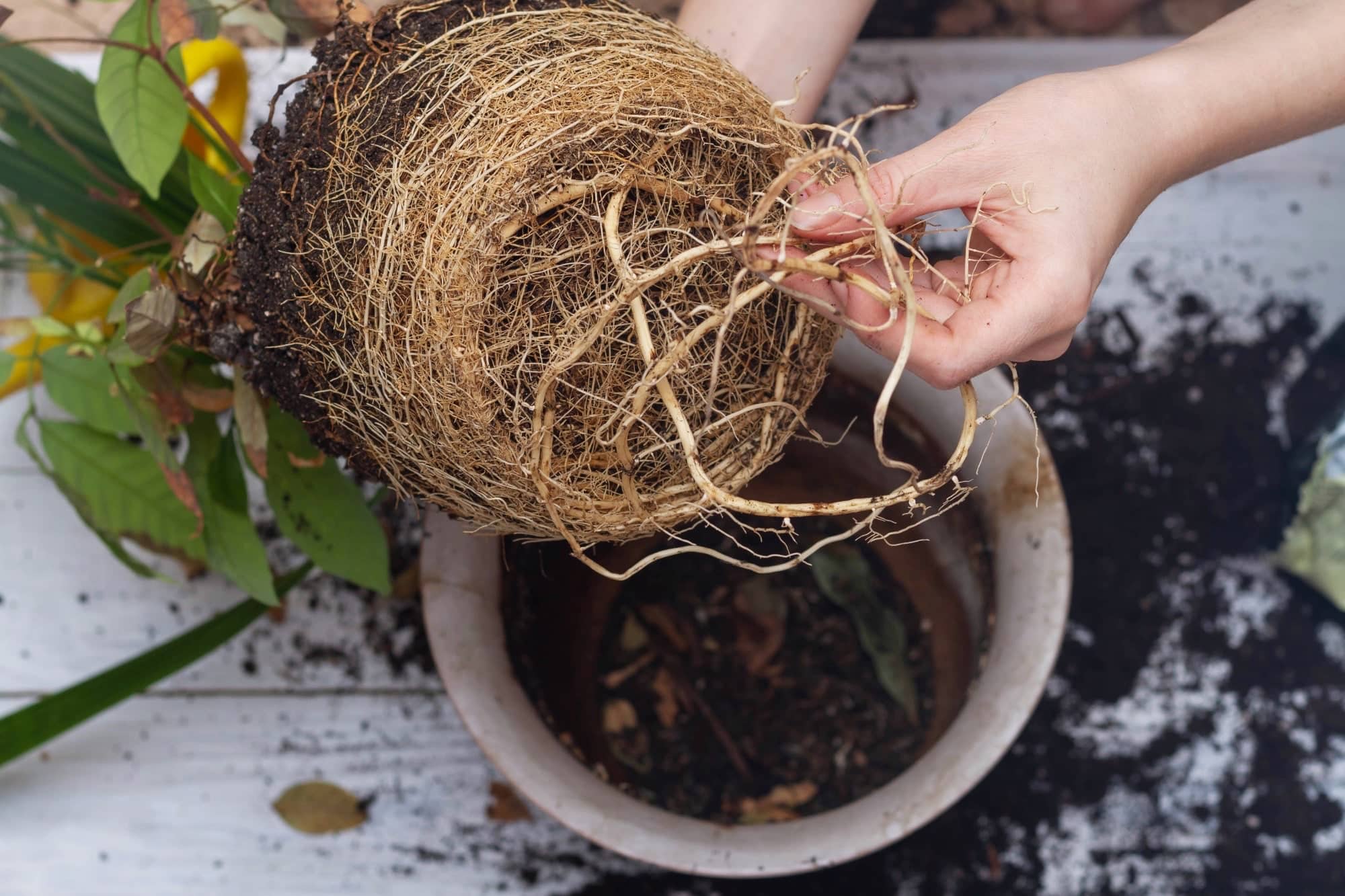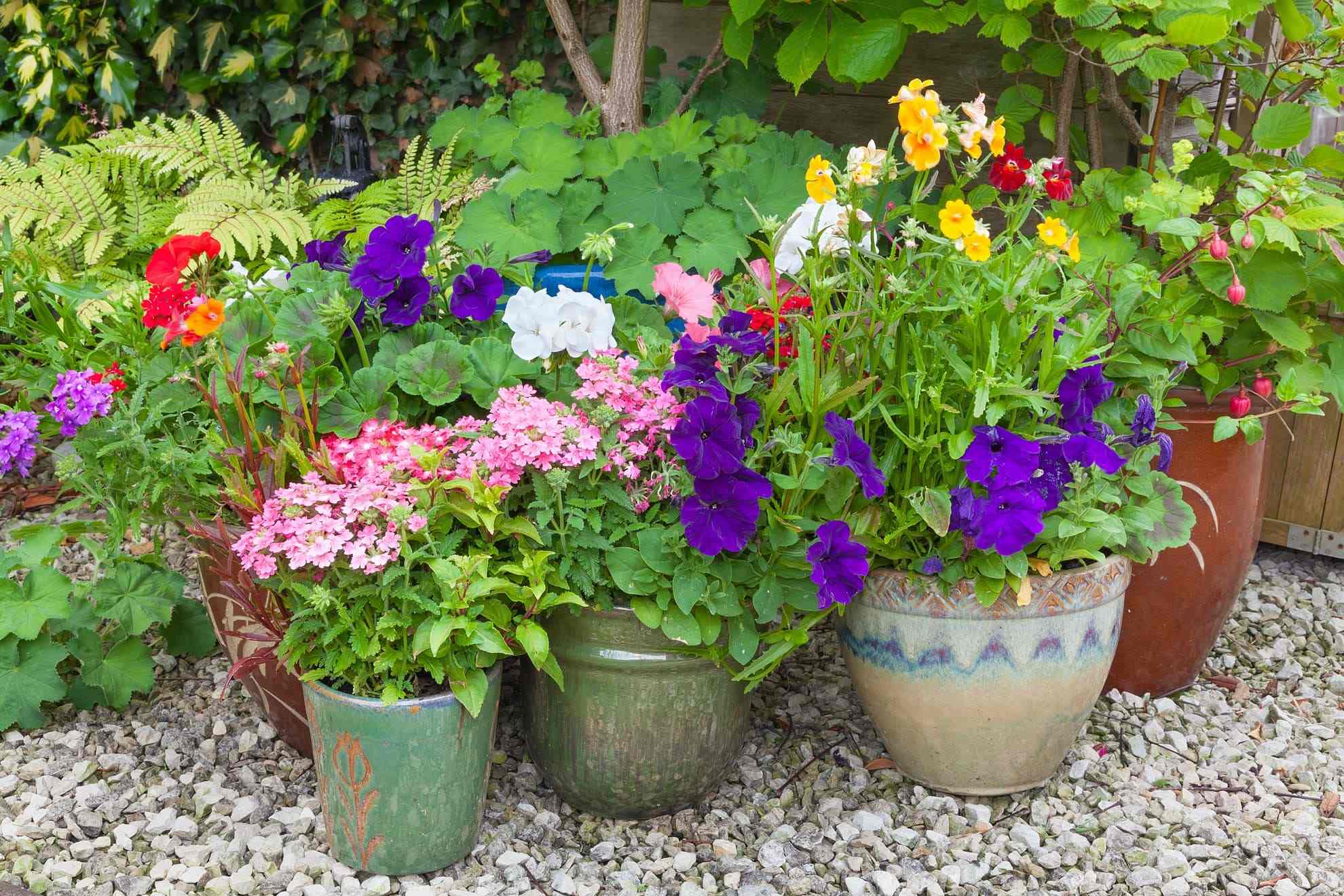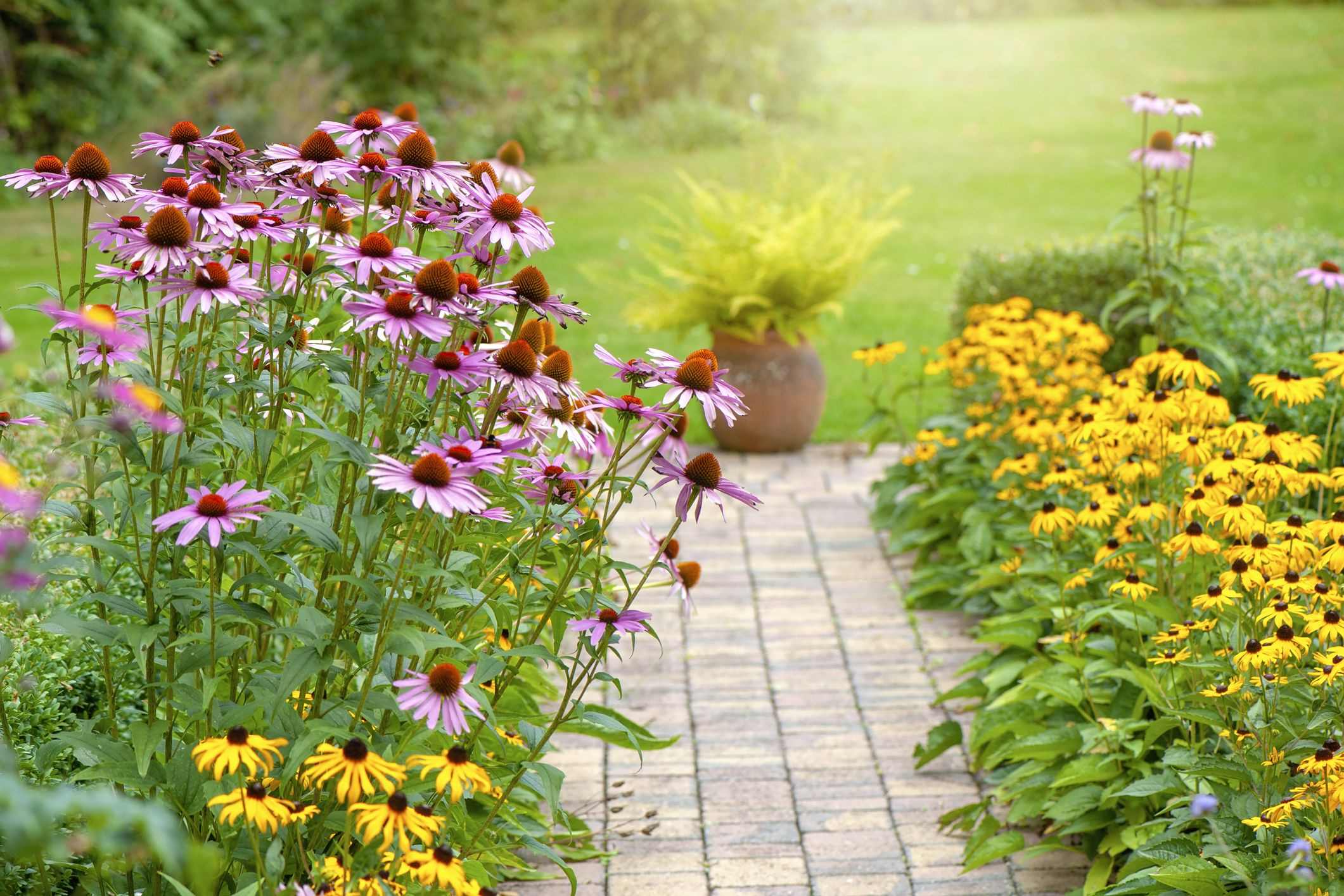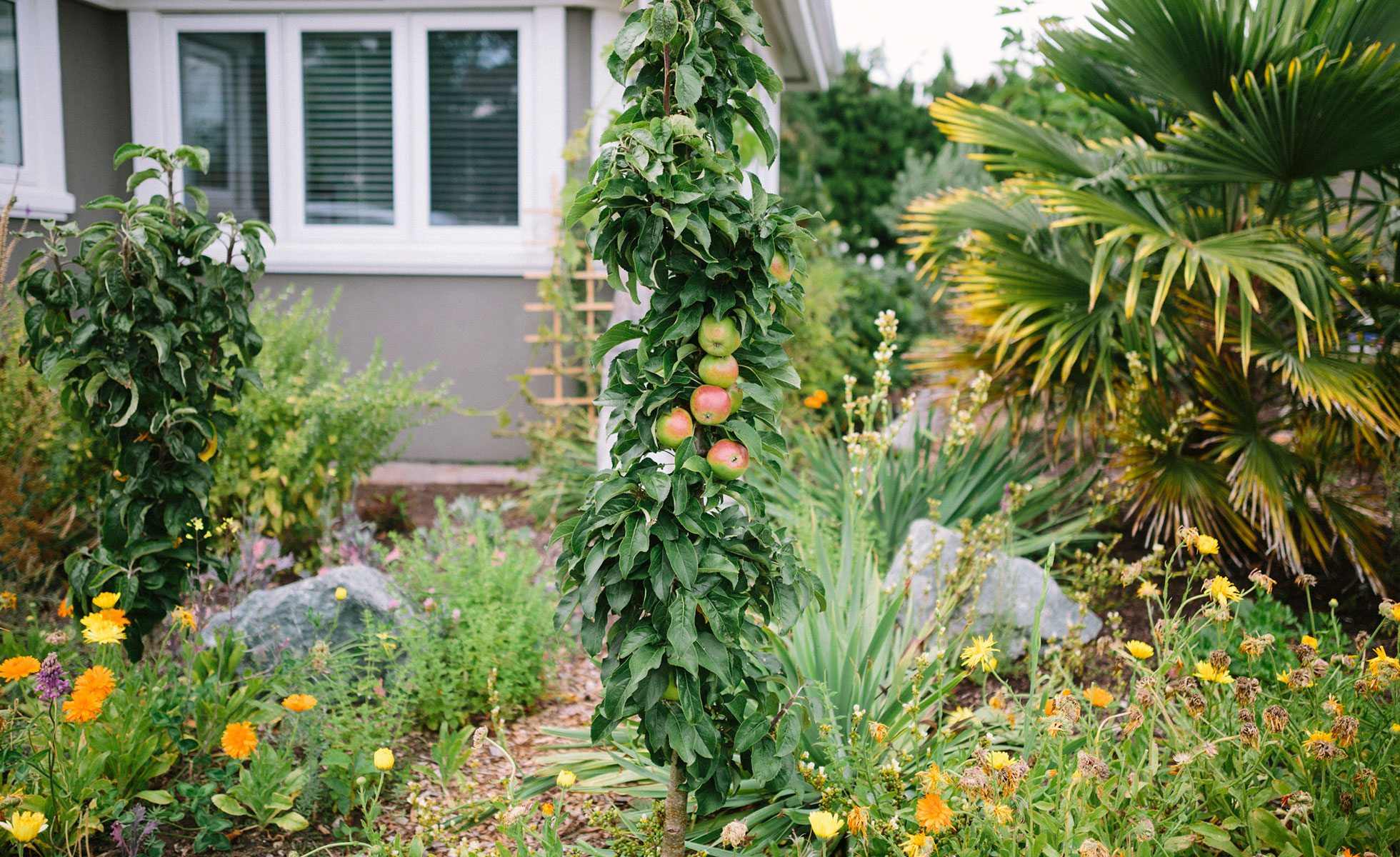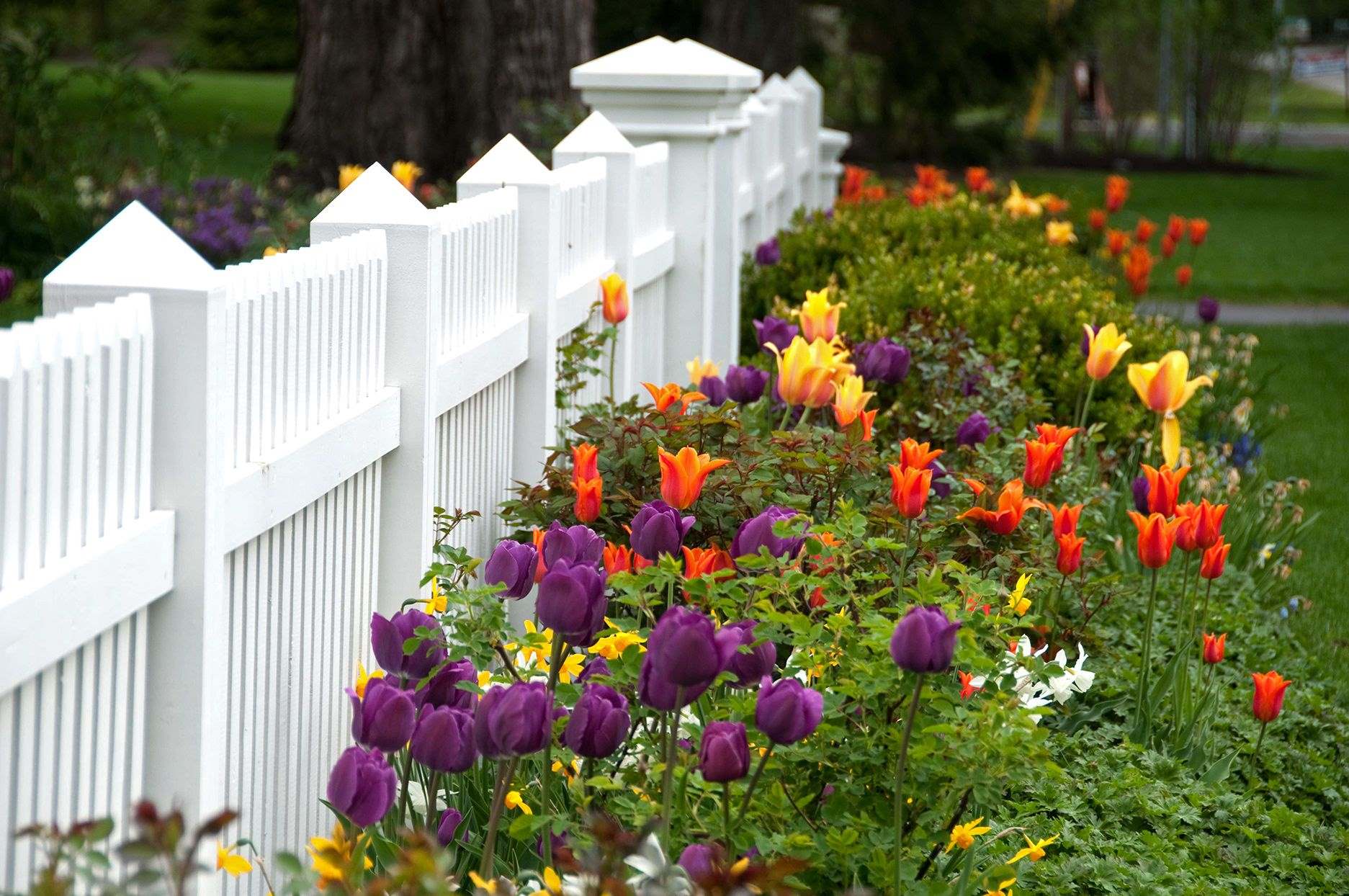Home>Types of Gardening>Ornamental Gardening>When To Plant Bare Root Perennials
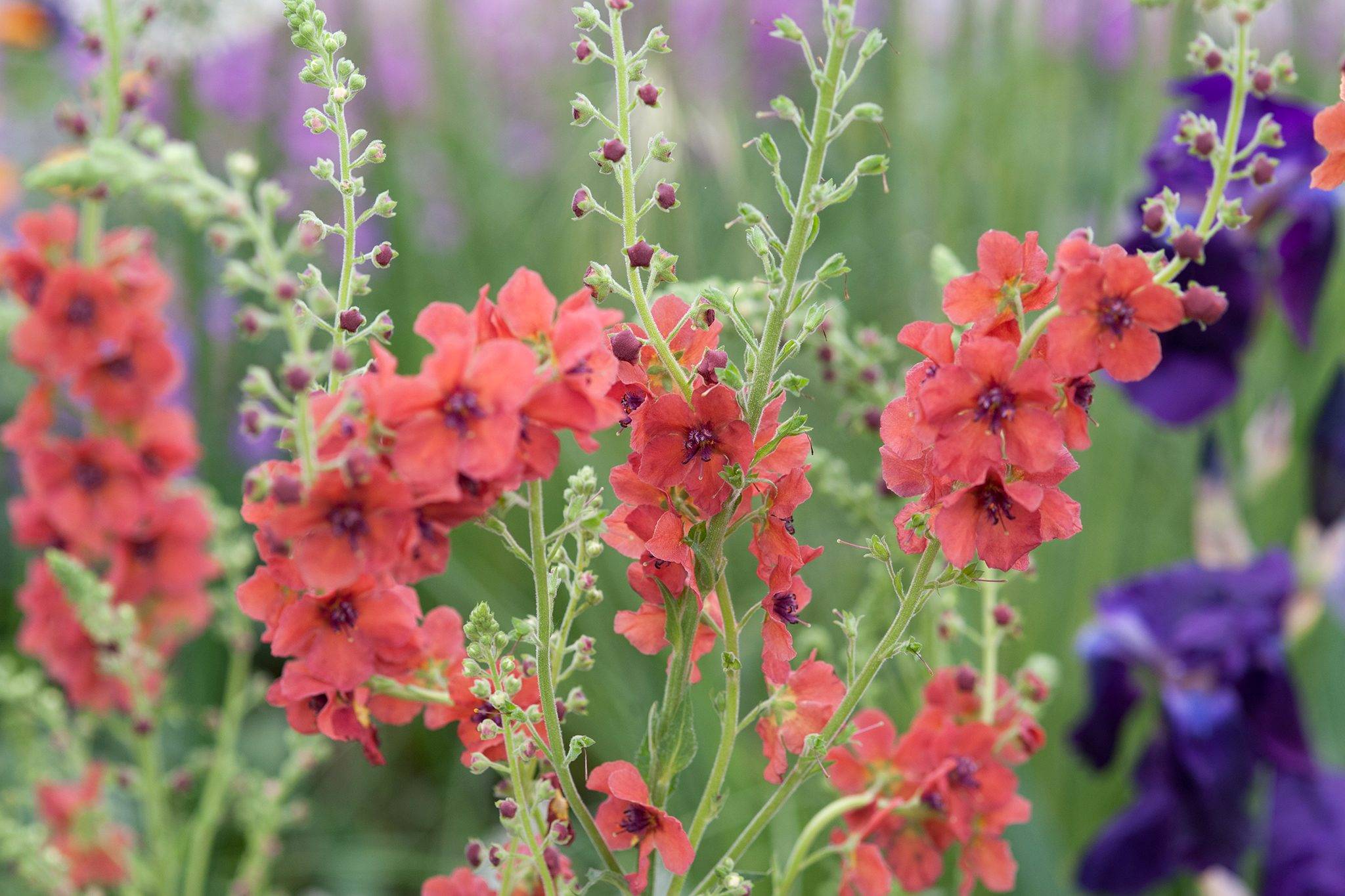

Ornamental Gardening
When To Plant Bare Root Perennials
Modified: January 22, 2024
Discover the best time to plant bare root perennials for your ornamental gardening needs. Expert tips and advice to ensure a thriving garden.
(Many of the links in this article redirect to a specific reviewed product. Your purchase of these products through affiliate links helps to generate commission for Chicagolandgardening.com, at no extra cost. Learn more)
Table of Contents
Introduction
Welcome to the wonderful world of ornamental gardening! If you have a passion for beautifying your outdoor space with vibrant and colorful plants, then you’ve come to the right place. In this article, we will explore the art of planting bare root perennials, a popular and cost-effective method for adding stunning flowers and foliage to your garden.
Bare root perennials are plants that are sold and shipped without soil around their roots. Instead, they are carefully packaged with their roots exposed, allowing for easy transportation and planting. This method is not only convenient, but it also has numerous benefits that make it a preferred choice for many gardeners.
So, why should you consider planting bare root perennials? Firstly, they are usually more affordable than potted plants or seedlings. Since they don’t require the additional cost of soil or a container, you can save some money without compromising on the quality of your garden. Additionally, bare root perennials tend to establish stronger root systems, leading to healthier and more vigorous growth over time.
Another benefit of planting bare root perennials is the wider variety of species and cultivars available. Nurseries often offer a broader selection of bare root plants compared to potted options. This gives you the opportunity to explore unique and hard-to-find varieties, allowing you to create a distinctive and personalized garden.
Before diving into the planting process, it’s essential to consider a few factors. Firstly, assess the environmental conditions of your garden, including the soil type, sunlight exposure, and climate. Different perennials have specific preferences for these conditions, so choose plants that are suitable for your garden’s unique microclimate.
Secondly, think about the overall aesthetic and design of your garden. Consider the height, color, and texture of the perennials you wish to plant, and how they will complement other existing plants or structures. Creating a cohesive and visually pleasing garden requires careful planning and consideration.
Now that you understand the benefits and factors to consider, let’s explore the best time to plant bare root perennials and the steps involved in the planting process. With the right knowledge and a bit of creativity, you’ll be able to transform your garden into a stunning oasis of beauty and tranquility.
Benefits of Planting Bare Root Perennials
Planting bare root perennials offers numerous benefits that make it an attractive option for gardeners. Whether you’re a beginner or an experienced gardener, here are some advantages to consider:
- Cost-Effective: Bare root perennials are often more affordable than potted plants or seedlings. Without the added cost of soil or a container, you can save money while still enjoying beautiful and healthy plants in your garden.
- Stronger Root Systems: Bare root perennials tend to develop stronger root systems compared to plants purchased in containers. When the roots have been carefully pruned for shipping, they are encouraged to branch out and establish themselves more effectively in the soil, leading to healthier and more robust plants in the long run.
- Wide Variety: Nurseries usually offer a greater variety of bare root perennials compared to potted options. This means you have access to a wider selection of species and cultivars, allowing you to experiment with unique and rare plants in your garden.
- Easy Transportation and Planting: Since bare root perennials don’t come with soil around their roots, they are lightweight and easy to transport. This makes them a convenient choice, especially if you’re ordering plants online. Planting bare root perennials is also a straightforward process, and they quickly adapt to their new environment.
- Early Spring Planting: One significant advantage of bare root perennials is that they can be planted in early spring, even before the last frost date. This allows you to get a head start on your gardening season, as you can begin planting and enjoying beautiful blooms before other plants come out of dormancy.
- Healthier Plants: As bare root perennials are grown in the field rather than in containers, they tend to have fewer problems associated with root-bound or pot-bound plants. This can result in stronger and healthier plants that have a better chance of thriving in your garden.
These are just a few of the many benefits of planting bare root perennials. Whether you’re a seasoned gardener looking to expand your collection or a beginner eager to try your hand at ornamental gardening, bare root perennials are an excellent choice for a cost-effective, diverse, and vibrant garden.
Factors to Consider Before Planting
Before planting bare root perennials, it’s crucial to consider a few factors to ensure the success and longevity of your plants. Taking the time to evaluate these aspects will help you select the right plants for your garden and provide the optimal conditions for their growth. Here are some key factors to keep in mind:
- Environmental Conditions: Assess the environmental conditions of your garden, including the soil type, sunlight exposure, and climate. Different perennials have specific preferences for these conditions, such as well-drained soil, full sun, or partial shade. Choose plants that are suitable for your garden’s unique microclimate to ensure their health and longevity.
- Spacing and Design: Consider the overall aesthetic and design of your garden. Determine the available space for the bare root perennials and plan their placement accordingly. Consider their height, spread, and growth habit to avoid overcrowding and allow room for their development. Additionally, think about how the perennials will complement other existing plants or structures in your garden.
- Watering and Drainage: Understand the watering needs of the bare root perennials you plan to plant. Some species require regular watering, while others prefer drier conditions. Ensure that your garden has proper drainage to prevent waterlogging and root rot. Amending the soil with organic matter can improve drainage and water retention, promoting healthy root growth.
- Pests and Disease: Familiarize yourself with common pests and diseases that affect bare root perennials. Take preventive measures, such as choosing disease-resistant cultivars, practicing good sanitation, and monitoring for early signs of pests or diseases. Proper care and maintenance can help minimize the risk and keep your plants healthy.
- Planting Season: Although bare root perennials can be planted in early spring, it’s essential to understand the ideal time for each specific plant. Some may prefer to be planted in late fall or early winter while dormant. Research the specific requirements of the plants you’re interested in and follow the recommended planting season for optimal growth and establishment.
- Maintenance Requirements: Consider the maintenance requirements of the bare root perennials you’re planning to plant. Some may require regular deadheading, pruning, or division to maintain their appearance and promote continuous blooming. Ensure that you can dedicate the necessary time and effort to care for the plants properly.
By considering these factors, you can make informed decisions when selecting and planting bare root perennials in your garden. This thoughtful approach will provide a conducive environment for their growth and help you create a beautiful and thriving ornamental garden.
Best Time to Plant Bare Root Perennials
The timing of planting bare root perennials is crucial to their successful establishment and growth. While they can be planted at various times throughout the year, there are specific seasons that are considered optimal. Understanding the best time to plant will ensure that your bare root perennials have the best chance of thriving in your garden. Here are some guidelines to help you determine the ideal planting time:
Spring Planting: Spring is a popular time to plant bare root perennials. As soon as the soil is workable and the ground has thawed, typically in early to mid-spring, you can start planting. This early planting allows the perennials to establish their root systems before the active growth phase begins. It also allows them to take advantage of the moisture and warmth of the spring season.
Fall Planting: Certain bare root perennials can also be planted in the fall, usually from late September to early November, depending on your region. Fall planting takes advantage of the cooler temperatures and ample rainfall. The plants have time to establish their root systems before going dormant for the winter. It’s important to consider the specific requirements of each perennial, as some may prefer to be planted closer to the end of the fall season when temperatures have cooled down.
Dormant Planting: Many bare root perennials, such as roses and fruit trees, are best planted when they are dormant. Dormant planting usually occurs in late fall or early winter before the ground freezes. These perennials are typically sold with their roots protected in moist packing material, ready to be planted directly in the ground. Planting while they are dormant allows them to establish their root systems and be ready for vigorous growth when spring arrives.
It’s important to note that the best planting time may vary depending on your specific climate and the type of bare root perennials you are planting. It’s always a good idea to consult with local nurseries or gardening experts who are familiar with the conditions in your area.
Regardless of the time you choose to plant, proper preparation is essential. Make sure to soak the bare roots in water for a few hours before planting to rehydrate them. Prepare the planting area by loosening and amending the soil with organic matter to ensure good drainage and nutrient availability.
By choosing the appropriate planting time and providing the necessary care, you can give your bare root perennials the best start in their new home and set them up for years of beautiful growth and blooms.
Steps to Plant Bare Root Perennials
Planting bare root perennials is a straightforward process that, when done correctly, creates the optimal conditions for growth and establishment. Follow these steps to ensure your bare root perennials get off to a healthy start in your garden:
- Prepare the Soil: Start by preparing the planting area. Clear away any weeds or debris and loosen the soil to a depth of about 12 inches. You can amend the soil with compost or well-rotted manure to improve its fertility and drainage.
- Soak the Roots: Before planting, soak the bare roots in a bucket of water for an hour or two. This rehydrates the roots, ensuring they are ready to absorb moisture once planted in the ground.
- Dig a Proper Hole: Dig a hole that is wide and deep enough to accommodate the roots of the bare root perennial. The hole should be slightly wider than the spread of the roots and deep enough so the crown of the plant (where the stems meet the roots) is level with or slightly above the soil surface.
- Place and Position the Plant: Gently place the bare root perennial in the hole, ensuring the roots are spread out and not crowded or curled up. Position the plant so that the crown is at the correct level, and the roots are in contact with the soil.
- Backfill and Tamp the Soil: While holding the plant in position, backfill the hole with soil, working it carefully around the roots. Use your hands or a gardening tool to lightly tamp down the soil to remove air pockets. Avoid compacting the soil too firmly, as it can make it difficult for the roots to establish themselves.
- Water and Mulch: After planting, thoroughly water the bare root perennial to settle the soil and ensure good root-to-soil contact. Apply a layer of organic mulch around the plant, such as wood chips or straw, to help retain moisture, suppress weeds, and insulate the roots.
- Provide Adequate Care: Monitor the moisture levels of the soil and water as needed to keep the roots hydrated. Follow any specific care instructions for the particular perennial you have planted, such as pruning, deadheading, or fertilizing. Regularly check for any signs of pests or diseases and take prompt action to address any issues.
- Monitor Growth and Provide Support: As the bare root perennial establishes itself and begins to grow, monitor its progress and provide any necessary support. Some plants may benefit from staking or trellising to prevent bending or breakage of stems.
- Enjoy and Maintain: Once your bare root perennial is established and starts to flourish, take the time to enjoy its beauty and continue to provide the necessary care. Regular maintenance, such as removing spent blooms or dividing the plant when necessary, will help promote healthy growth and abundant blooms for years to come.
By following these steps, you can ensure that your bare root perennials have the best chance of thriving in your garden. With proper care and attention, you’ll be rewarded with a vibrant and colorful display that will enhance the beauty of your outdoor space.
Care and Maintenance Tips for Bare Root Perennials
Proper care and maintenance are essential to promote the health, vigor, and longevity of your bare root perennials. With a little attention and effort, you can ensure that your plants thrive and bring beauty to your garden year after year. Here are some essential tips for caring for your bare root perennials:
- Watering: Adequate and consistent watering is crucial, especially during the establishment phase. Water the plants deeply at the base, ensuring that the roots receive moisture. Avoid overhead watering, as this can lead to disease and fungal issues. Mulching around the plants can help retain moisture and reduce evaporation.
- Fertilizing: Provide your bare root perennials with the necessary nutrients by applying a balanced slow-release fertilizer in early spring. Follow the instructions on the fertilizer package for the correct amount and timing. Avoid over-fertilizing, as excessive nutrients can lead to excessive foliage growth at the expense of blooms.
- Pruning: Regular pruning promotes healthy growth and rejuvenation of bare root perennials. Remove any dead or damaged stems, as well as spent flowers, to encourage continuous blooming and prevent diseases. Pruning can be done in early spring or after the flowering period, depending on the specific plant’s requirements.
- Staking and Support: Some bare root perennials, such as tall flowers or vining plants, may require staking or support to prevent bending or breaking of stems. Install stakes or trellises early in the growing season, ensuring they are secure and provide the necessary support without damaging the plant. Tie the stems gently to the support structure using soft plant ties.
- Dividing: Over time, bare root perennials may become crowded and benefit from division. Dividing the plants every few years helps rejuvenate their growth and promotes better flowering. Follow the specific guidelines for each plant, but generally, divide them in early spring or fall when the weather is cooler and the plants are dormant.
- Pest and Disease Control: Regularly inspect your bare root perennials for signs of pests or diseases. Common pests include aphids, slugs, and snails, while diseases such as powdery mildew or leaf spot can affect their health. Take action at the first sign of trouble, using organic methods or appropriate pesticides to control pests and diseases.
- Winter Protection: Insulate your bare root perennials during the winter months to protect them from freezing temperatures and harsh weather conditions. Apply a layer of mulch around the base of the plants to help insulate the roots and provide protection. Remove any dead or diseased foliage before mulching.
By following these care and maintenance tips, you can ensure that your bare root perennials not only survive but thrive in your garden. Take the time to provide the necessary attention and observe your plants regularly, allowing you to address any issues promptly and enjoy the beauty of your perennial garden for years to come.
Common Mistakes to Avoid
When planting and caring for bare root perennials, it’s important to be aware of common mistakes that can hinder their growth and overall health. By avoiding these pitfalls, you can ensure that your plants have the best chance of thriving in your garden. Here are some common mistakes to watch out for:
- Improper Planting Depth: Planting bare root perennials too deep or too shallow can significantly impact their growth. Ensure that the crown of the plant (where the stems meet the roots) is level with or slightly above the soil surface. Planting too deep can suffocate the crown, while planting too shallow can expose the roots and lead to drying out or damage.
- Overwatering or Underwatering: Finding the right balance of watering is crucial for the health of your bare root perennials. Overwatering can lead to root rot and other fungal diseases, while underwatering can cause the plants to become stressed and wilt. Find the appropriate watering schedule for each plant, taking into consideration the soil type and weather conditions, and adjust as needed.
- Failure to Amend the Soil: Neglecting to amend the soil before planting can result in poor drainage, nutrient deficiencies, and compacted soil. Prepare the planting area by loosening the soil and adding organic matter, such as compost or well-rotted manure, to improve its structure and fertility. This will provide a conducive environment for root development and overall plant health.
- Overcrowding: When planting bare root perennials, it can be tempting to pack them closely together for an instant impact. However, overcrowding leads to competition for resources, reduced air circulation, and increased risk of diseases. Give each plant enough space to grow and spread, following the recommended spacing guidelines for the specific species or cultivar.
- Ignoring Pest and Disease Prevention: Failing to monitor and address pest and disease issues can have detrimental effects on the health and vitality of your bare root perennials. Regularly inspect the plants for signs of pests or diseases, and take appropriate action as soon as a problem is identified. Implement preventive measures, such as proper sanitation and appropriate cultural practices, to reduce the risk of infestation or infection.
- Skipping Proper Maintenance: Bare root perennials require regular maintenance to promote their overall health and longevity. Pruning, deadheading, dividing, and providing support are essential tasks that should not be neglected. Proper maintenance helps to stimulate new growth, prevent overcrowding, and encourage abundant blooms.
- Ignoring Specific Plant Requirements: It’s crucial to understand the specific requirements of each bare root perennial you plant. Different species and cultivars have unique preferences for sunlight, soil conditions, and watering. Research and follow the recommended guidelines for each plant to provide them with the optimal growing conditions.
Being aware of these common mistakes and taking proactive measures to avoid them will greatly increase your chances of success with your bare root perennials. By providing the right conditions and care, you can enjoy a thriving and beautiful garden for years to come.
Conclusion
Planting bare root perennials is an excellent way to add beauty, diversity, and cost-effectiveness to your ornamental garden. The numerous benefits, including affordability, stronger root systems, and a wider variety of species, make this method a popular choice among gardeners. By considering the environmental conditions, spacing, and design of your garden, you can select the right bare root perennials and create a cohesive and visually appealing landscape.
Timing is crucial when planting bare root perennials, and understanding the best time to plant is essential for their successful establishment. Spring and fall are generally favorable seasons for planting, with dormant planting being ideal for certain species. Following the proper steps, such as preparing the soil, soaking the roots, and providing adequate care, will ensure that your bare root perennials have the best chance of thriving.
To maintain the health of your bare root perennials, it’s important to follow care and maintenance tips such as proper watering, fertilizing, pruning, and providing support. Regular monitoring for pests and diseases and addressing them promptly will help keep your plants healthy and vibrant.
Avoiding common mistakes, such as improper planting depth, overwatering, under watering, and neglecting maintenance tasks, will contribute to the long-term success of your bare root perennials. By taking the time to research and understand the specific requirements of each plant, you can create a nurturing environment that promotes their growth and longevity.
In conclusion, ornamental gardening with bare root perennials is an enjoyable and rewarding experience. With careful consideration, proper planting techniques, and ongoing care, you can create a stunning garden that blooms with vibrant colors and lush foliage. So why wait? Start exploring the world of bare root perennials and bring the beauty of nature to your outdoor space.

